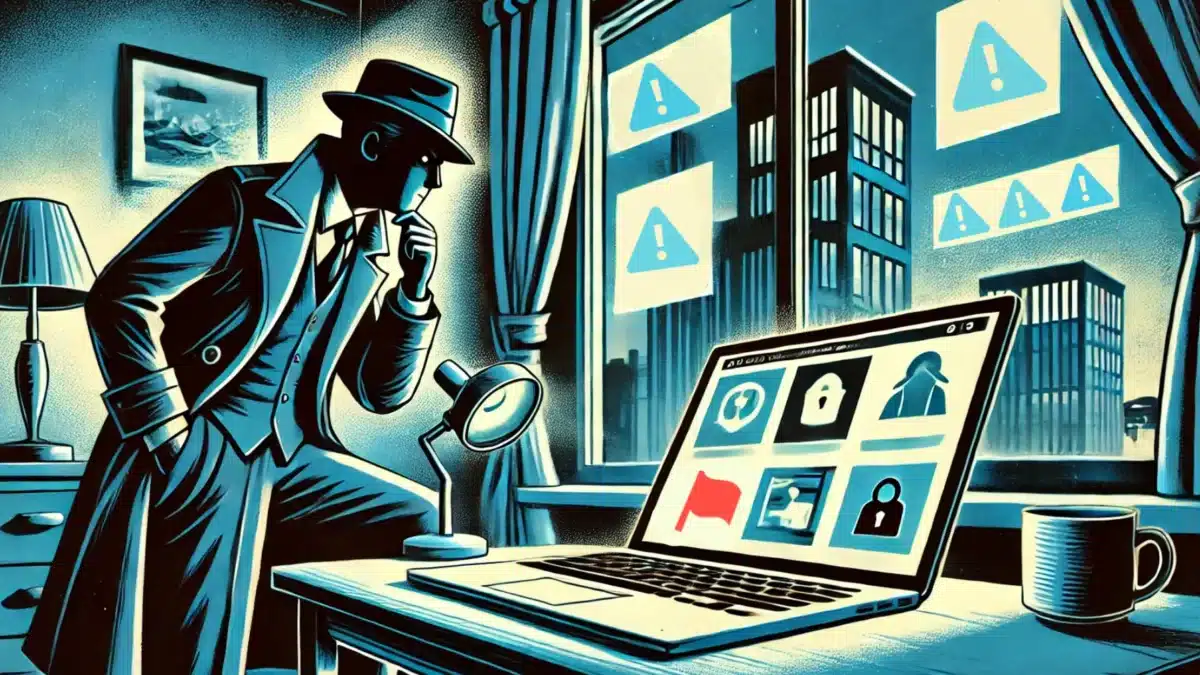
Rental Scams Across States: Does Location Matter?
February 26, 2021
Craigslist Rental and Housing Scams: How to Protect Yourself
July 15, 2021Finding affordable housing online should make life easier, but scammers often use fake websites to exploit renters. These sites look professional, complete with photos, forms, and even testimonials, but they exist to steal your money or personal information. At Section 8 Shield, we’ve identified red flags that can help you spot these scams—not just from our research, but also from the stories shared by readers like you across the USA.
What Are Fake Housing Websites?
bFake housing websites are designed to look legitimate, mimicking real rental platforms or housing assistance sites. They often promise deals that seem too good to be true or offer “fast-track” applications for programs like Section 8. These scams can cost you financially and put your personal data at risk.
Scammers are getting smarter, but so are renters. Knowing the red flags made all the difference for me.”
Mark R.
Renter in Pennsylvania.Thanks to readers like Mark, we’ve compiled the most common red flags to look out for.
Red Flag #1: No Secure Website (HTTPS)
Legitimate websites use HTTPS encryption to secure your data. If the website URL starts with “http” instead of “https,” your information isn’t safe.
How to Spot It:
Look for a padlock symbol next to the URL in your browser. If it’s missing, avoid entering personal information.
Red Flag #2: Poor Grammar and Spelling Errors
Professional websites are carefully proofread. Fake sites often contain typos, awkward phrasing, or inconsistent formatting.
Example:
If you see sentences like, “Apply fastly for our Section Eight assist programs,” that’s a major red flag.
Red Flag #3: Upfront Fees or Deposits
Scammers frequently ask for deposits, registration fees, or “processing costs” before you’ve even seen the property. Legitimate housing websites and programs, like Section 8, do not charge fees to apply.
What to Do:
If a website demands payment before providing services, walk away. For legitimate housing resources, visit HUD’sofficial site.
Red Flag #4: No Physical Address or Contact Information
Legitimate websites have clear contact details, including a physical address, phone number, and email. Fake sites often omit this information or list unverifiable details.
How to Verify:
Search the address on Google Maps. If it doesn’t match a business location or leads to a vacant lot, it’s likely a scam.
Red Flag #5: Too-Good-to-Be-True Deals
If a rental price is significantly lower than comparable listings in the same area, it’s likely bait to lure you in.
Pro Tip:
Use tools like Zillow or Apartments.com to compare rental prices in your area. If the deal is drastically cheaper, proceed with caution.
Red Flag #6: Demands for Untraceable Payments
Scammers often request payments through gift cards, wire transfers, or peer-to-peer apps like Venmo or Cash App. These payment methods are difficult to track and recover.
What to Do:
Always use secure, traceable payment methods like checks or bank transfers when dealing with landlords or rental agencies.
Red Flag #7: Lack of Reviews or Online Presence
Legitimate websites have reviews or a history of online activity. Fake sites often lack reviews, or their only reviews are overly positive and suspiciously generic.
How to Check:
Search for the website on platforms like Better Business Bureau or Trustpilot. If you find no reviews or a slew of complaints, steer clear.
Red Flag #8: Immediate Pressure to Act
Scammers often push you to “secure the deal” by making a payment immediately. This tactic preys on renters who feel rushed or desperate.
What to Do:
Take your time to verify the listing. A legitimate landlord or agency will allow you time to review your options.
Red Flag #9: No Lease Agreement
A legitimate rental process includes a detailed lease agreement. Fake websites may skip this step or provide a vague document.
How to Verify:
If a lease agreement isn’t provided upfront or lacks standard details like terms and conditions, it’s likely a scam. For tips on identifying legitimate landlords, read How to Check If a Landlord or Rental Agency Is Legitimate.
Red Flag #10: Fake Application Portals
Some scammers create fake portals that mimic government websites, asking for personal information like your Social Security Number.
What to Do:
Visit government websites directly, like HUD.gov, instead of following links from emails or unverified websites.
What to Do If You Spot a Fake Website
If you suspect a website is fraudulent, act quickly to protect yourself:
- Stop Interacting Immediately
Close the website and avoid entering any more information. - Report the Website
Report suspicious websites to the Federal Trade Commission (FTC). You can also warn others by sharing your experience on review platforms or forums. - Monitor Your Information
If you’ve shared personal details, keep an eye on your credit report and bank accounts for signs of fraud. Tools like AnnualCreditReport.com provide free credit monitoring.
Stay Informed, Stay Safe
Fake housing websites are a growing problem, but you don’t have to fall victim. By watching for these red flags and sharing your experiences, you can protect yourself and others.
At Section 8 Shield, we rely on readers like you to stay informed about new scams. Explore more of our articles, like How to Avoid Rental Scams When Relocating, to stay ahead of housing fraud and make confident decisions during your housing search. Together, we can build a safer community for renters everywhere.




